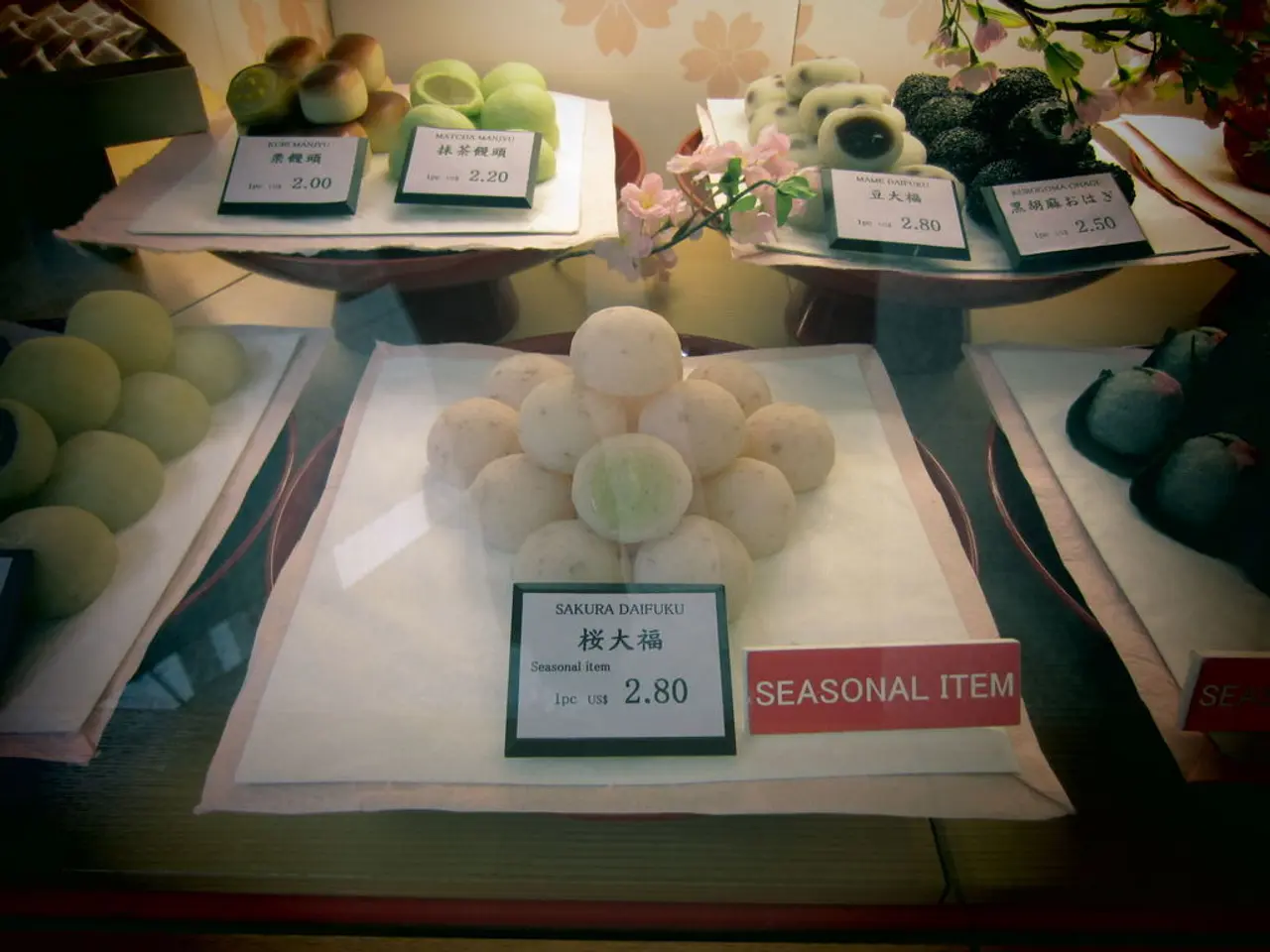Strategies for Establishing a Food Delivery-Focused Eatery
In the ever-evolving world of dining, delivery-only restaurants, also known as ghost or cloud kitchens, are making a significant impact. These establishments, which focus solely on food preparation for delivery, are revolutionising the way we eat by streamlining the process and offering convenience to consumers.
When starting a delivery-only restaurant, there are several key factors to consider, including menu engineering, kitchen design, technology, and logistics.
Menu Engineering: To ensure the success of a delivery-only restaurant, it's essential to create a menu that is optimised for delivery. This means focusing on dishes that maintain quality during transit, package efficiently without leaking, and reheat well if needed. Avoiding fragile garnishes or foods that degrade quickly is also crucial. Standardising recipes with detailed instructions and quality checkpoints ensures consistency, while packaging should retain temperature, prevent spills, and reinforce branding, all while being cost-effective and sustainable.
Kitchen Design: The kitchen design for a delivery-only restaurant should be optimised for single-use fulfillment. Choosing equipment that suits your menu and volume is essential, and workflow efficiency should be maximised with areas dedicated to prep, cooking, packaging, and pickup/delivery dispatch. Commercial kitchen essentials like hood ventilation and sinks are necessary, but other equipment can be customised based on your menu needs.
Technology: Implementing a unified platform integrating online ordering, POS (point-of-sale), kitchen display system (KDS), courier dispatch, and analytics is crucial for streamlining operations and maintaining control over orders. Balancing reliance on third-party marketplaces with direct ordering channels can improve margins, with loyalty incentives used to shift customers to your branded ordering system. Routing and dispatch software for driver efficiency is also important, aiming for 2-3 orders per delivery run and geo-fenced, automated dispatch to reduce delays.
Logistics: Carefully planning delivery zones based on demand and competitive density is crucial. Optimising delivery routes to reduce driver idle time and increase order density per trip is also essential. Consider whether to self-deliver or use third-party couriers, each with its own cost and control trade-offs. Efficient partnerships with food delivery tech providers and packaging vendors improve fulfilment reliability.
In essence, a successful delivery-only restaurant requires thoughtfully engineered menus suited for transit, a kitchen optimised for delivery cooking workflows, an integrated technology stack to manage orders and fulfilment, and efficient, scalable logistics to ensure timely, quality delivery and strong customer relationships.
From the front of the house to the back, every aspect of a delivery-only restaurant is designed with efficiency in mind. Cross-training a small team boosts morale and cushions sick days, while short lists of core dishes are recommended to keep inventory tight. Designated lanes for hot grill, fry, and cold assembly keep foot traffic separate, and food delivery management becomes a competitive differentiator in the delivery-only restaurant industry.
The benefits of a delivery-only restaurant are numerous. Rent can drop by 50-70% versus a downtown bistro, and human cooks are better at nuance than conveyor belts. The core of running a delivery-only restaurant is serving a dish that still tastes great at minute 25.
Sources: [1] https://www.forbes.com/sites/forbesfoodcounter/2021/05/13/the-future-of-restaurants-is-ghost-kitchens/?sh=6b57d1526f80 [2] https://www.restaurantbusinessonline.com/operations/how-to-start-a-cloud-kitchen-business [3] https://www.foodserviceequipmentdistributors.com/articles/2020/07/the-rise-of-cloud-kitchens-and-ghost-restaurants [4] https://www.foodserviceequipmentdistributors.com/articles/2020/07/how-to-start-a-cloud-kitchen-business [5] https://www.foodserviceequipmentdistributors.com/articles/2020/07/how-to-start-a-cloud-kitchen-business
- In the dynamic world of food-and-drink businesses, technology plays a crucial role, especially in delivery-only restaurants, as it helps streamline operations and maintain control over orders through integrated platforms that encompass online ordering, POS systems, kitchen display systems, driver dispatch, and analytics.
- As even a delivery-only establishment is part of the food-and-drink industry's broader lifestyle, it's important to consider various aspects such as menu engineering to ensure dishes maintain quality during transit, and a well-designed kitchen that caters to single-use delivery fulfillment, while also focusing on workflow efficiency and logistics for timely, quality delivery.
- The business landscape is constantly evolving, and embracing modern trends such as delivery-only restaurants (also known as ghost or cloud kitchens) can offer lucrative opportunities, including reduced rent, improved operational efficiency, and serving high-quality food that still tastes great even after delivery, which sets these establishments apart from traditional dining options.




